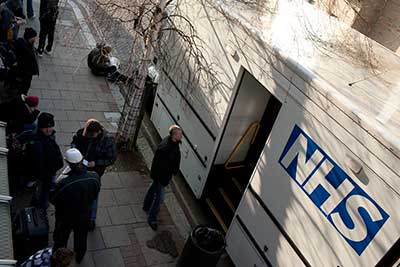TB rates are now at the lowest recorded level ever in England, following concerted efforts to address a two-decade-long rise in cases that started in the mid-1980s. However, there remains more to be done, as TB in England becomes ever more associated with inequality.
In England in 2018:
There were 4,655 TB cases – a rate of 8.3 per 100,000 population
- The rate of TB among the most deprived 10% of the population is six times higher than among the least deprived 10%
- rates of TB among people born outside the UK are 14 times higher than among people born in the UK
- 13% of people with TB have at least one social risk factor for the illness (homelessness, a history of substance misuse, or time spent in prison)
- TB remains concentrated in major cities with London experiencing over 36% of cases
- Almost 30% of people with pulmonary TB, the potentially infectious form of the disease, experienced a delay of more than four months between symptom onset and beginning treatment
TB targets
In 2015, the government launched the Collaborative TB Strategy for England which set out the steps required to achieving the ambition of a year-on-year decrease in TB incidence, a reduction in health inequalities and, ultimately, the elimination of TB as a public health problem in England.

 There were 4,655 TB cases – a rate of 8.3 per 100,000 population
There were 4,655 TB cases – a rate of 8.3 per 100,000 population